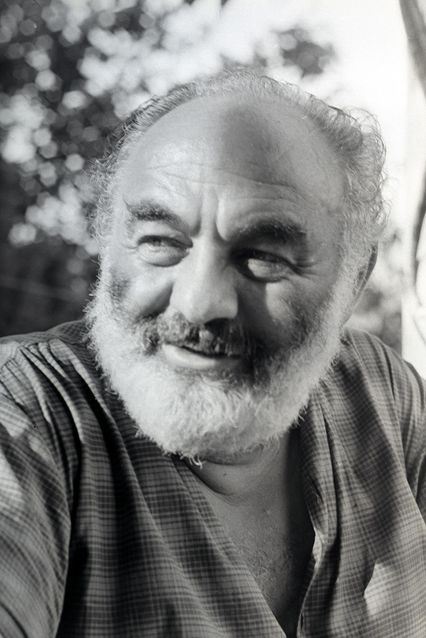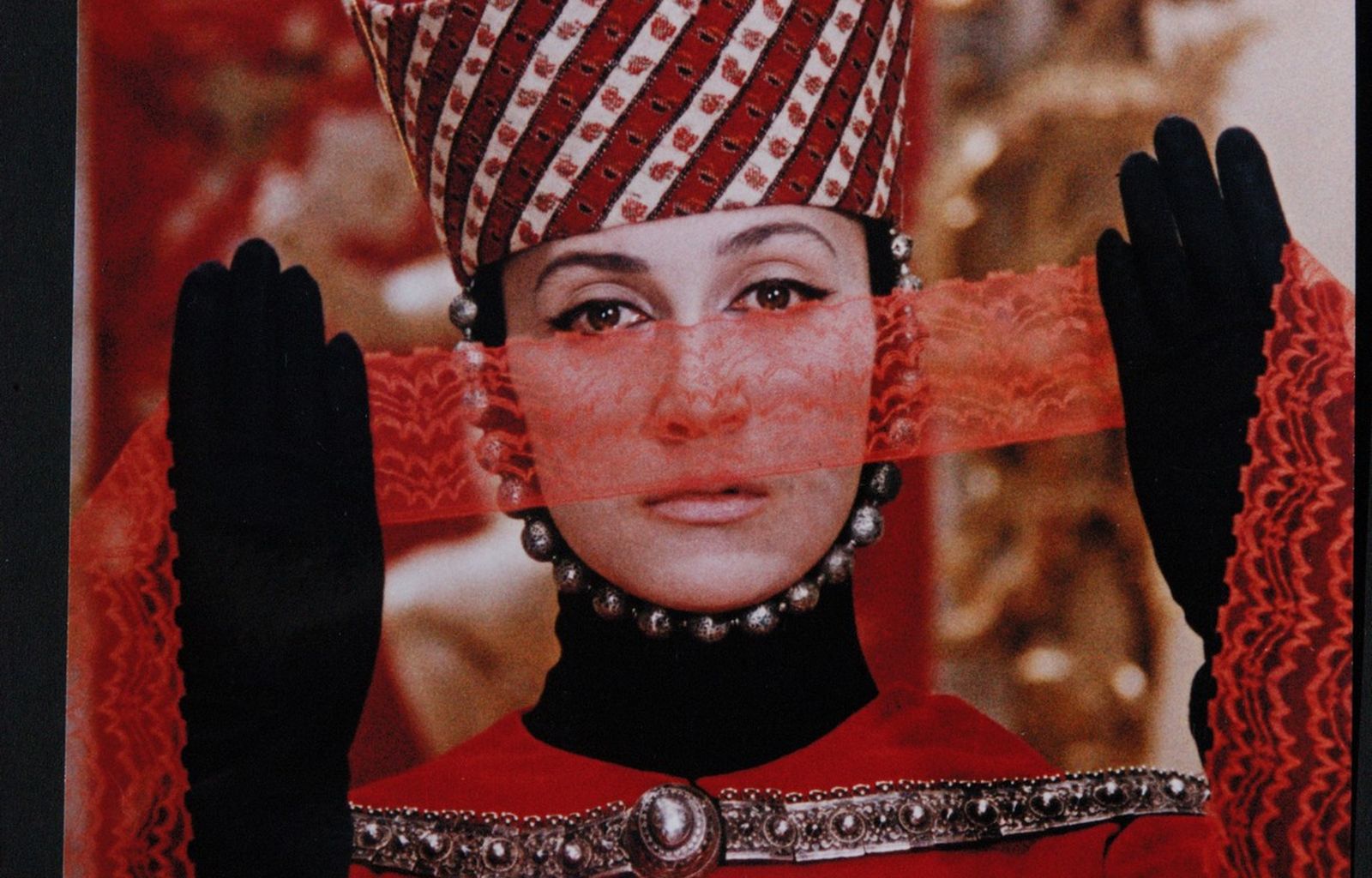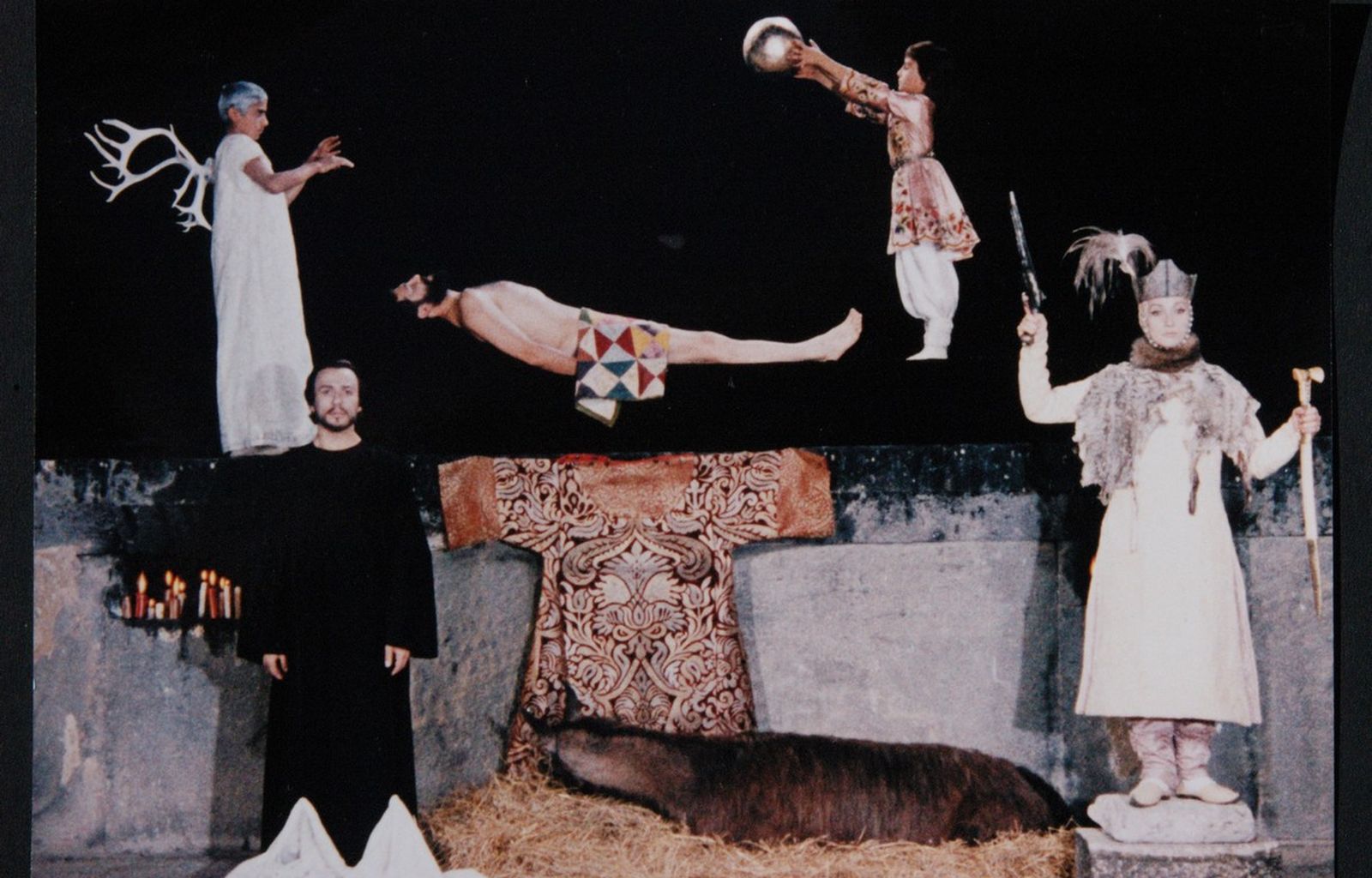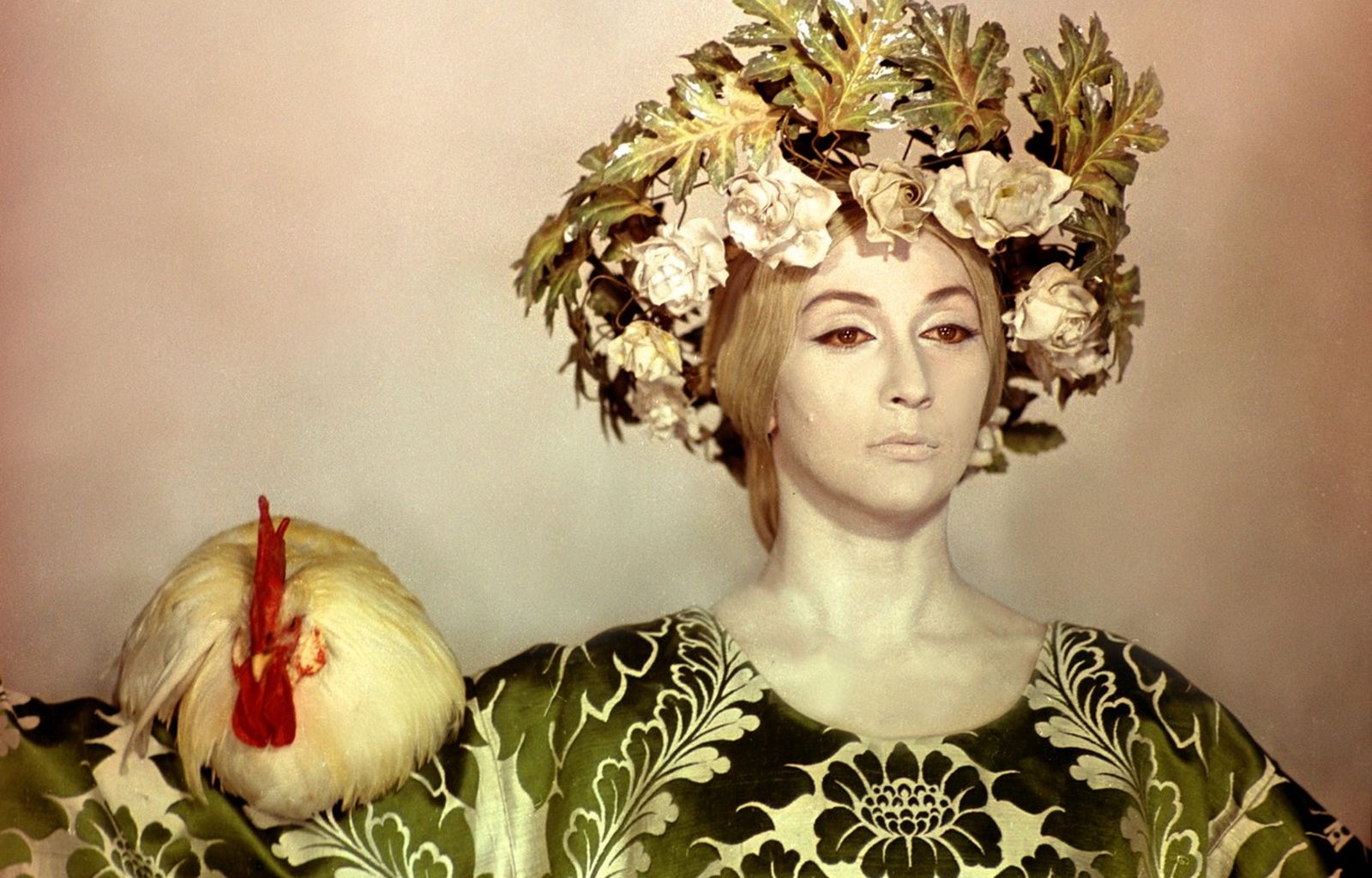A biography of the 18th-century Armenian poet Sayat Nova. His poetry accompanies important moments in the artist’s life: his childhood, his adolescence, falling in love, entering the monastery, his death. A classic of Armenian cinematography, presented in a version restored by the laboratory L’immagine ritrovata of the Cineteca of Bologna, thanks to the World Cinema Project created by Martin Scorsese.
Biography
film director

Sergej Parajanov
Sergei Parajanov (Tbilisi, Georgia, 1924-1990), of Armenian extraction, enrolled in 1945 at VGIK, the state-run film institute in Moscow, where he studied under Dovženko, who influenced his early films, including Ukrainian Rhapsody (1961) and A Little Flower on a Stone (1962). 1964 was a watershed year in his career: with Shadows of Forgotten Ancestors he abandoned Socialist realism in favor of research into iconography and folklore which, in 1968, resulted in The Color of Pomegranates. He was ostracized by the Soviet authorities for his artistic and personal ideas, his films were blocked by the censors and he was condemned to forced labor. Freed in 1979, he directed The Legend of Suram Fortress (1984) and Asik Kerib (1988) before dying in 1990.
FILMOGRAFIA
Moldavskaja skazka (1951), Andries (1954), Zolotye ruki (1957), Dumka (1957), Natalya Ushvij (1957), Pervyj paren (1959), Ukrainskaya rapsodiya (Rapsodia ucraina, 1961), Tsvetok na kamne (Il fiore sulla pietra, 1962), Tini zabutykh predkiv (Le ombre degli avi dimenticati, 1964), Kivski Freski (cm, 1966), Hakob Hovnatanyan (cm, doc., 1967), Sayat Nova (Il colore del melograno, 1968), Return to Life (Il segno del tempo, 1980), Ambavi Suramis tsikhitsa (La leggenda della fortezza di Suram, 1984), Arabeskebi Pirosmanis temaze (1985), Ašik Kerib (Asik Kerib - Storia di un ashugh innamorato, 1988).
Declaration
film director
“Armenia showed this film, sent people to see it. I wouldn’t say that the people understand the picture, but they go as if to a celebration. [...]. Here I was trying to portray the art in life, rather than portray life in art. [...] The picture is very primitive in its structure: there was childhood, there was youth, there was love, there was the monastery, there were the stones. The beloved was a stone, the cell was the beloved, the beloved, her breast is glorified in verse, the rose is glorified in verse. Then there was the thought: my throat is dry, I am ill. The poet dies. Everything is so simple, clear, as in the fate of a great poet, an ashugh, a minstrel”.
Cast
& Credits
Sergei Parajanov
fotografia/cinematography
Suren Shakhbazian
montaggio/film editing
Maria Ponomarenko
scenografia/production design
Stepan Andranikian, Mikhail Arakelian
costumi/costume design
Elena Akhvlediani, Iosif Karalov, Jasmine Sarabian
musica/music
Tigran Mansurian
suono/sound
Yuri Sayadyan
interpreti e personaggi/cast and characters
Sofiko Chiaureli (il poeta da giovane/poet as a youth), Melkon Alekian (il poeta da bambino/poet as a child), Vilen Galustian (il poeta nel chiostro/poet as a monk), Georgi Gegechkori (il poeta da anziano/poet in old age), Onik Minsasian (il re/king), Spartak Bagashvili (il padre del poeta/poet’s father), Medea Japaridze (la madre del poeta/poet’s mother), Grigori Margarian (l’insegnante di Sayat Nova/Sayat Nova’s teacher)
produzione/production
Armenfilm Studios
distribuzione/distribution
Cineteca di Bologna
contatti/contacts
Cineteca di Bologna
Carmen Accaputo
Tel: +39 051 21 94 820
carmen.accaputo@cineteca.bologna.it
www.cinetecadibologna.it




